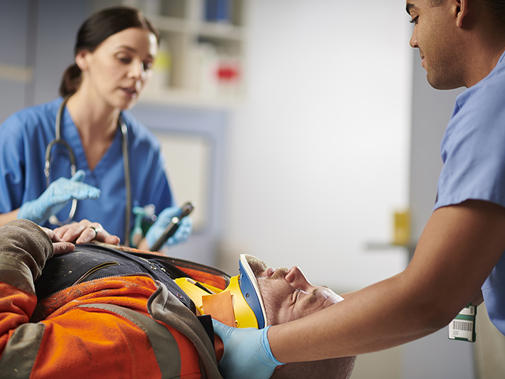Physician associates and anaesthesia associates are healthcare workers who work as part of multidisciplinary healthcare teams. Their roles are under significant scrutiny following concerns highlighted by the medical profession and the commissioning of an independent review, chaired by Professor Gillian Leng, of their safety and effectiveness.
The review’s remit includes consideration of the identity and naming of the roles. This is not limited to reviewing the titles set out in statute, with the review team confirming that wider aspects of identity will be considered.
One particular concern voiced by the medical profession, and in particular its medical academics and educators, is the repeated claims by government departments, NHS England and devolved health bodies, and the GMC, that associates are trained in/to the ‘medical model’.
This phrase has been used to widen the appeal of these occupational groups while inappropriately blurring the lines between them and those of uniquely qualified medical practitioners. Associates are not medically trained, are not members of the medical profession and should not be described as medical professionals.
The ‘medical model’ of training was used in 1971 by psychiatrist R D Laing in his The Politics of the Family and Other Essays to describe ‘the set of procedures in which all doctors are trained’. This is often said to include complaint, history, physical examination, ancillary tests if needed, diagnosis, treatment, and prognosis with and without treatment. Over time, the use of this model of training generated mounting criticism mainly owing to its failure to recognise and address our growing understanding of the importance of the social, psychological and behavioural dimensions of illness.
This resulted in the development of the biopsychosocial model of training, which rightly emphasises the interconnectedness of biological, psychological, and social factors in understanding and treating health and illness. The use of this model trains health professionals to provide patient-centred care which considers the whole person, rather than with a focus on a particular disease or where the patient’s illness has meant they have deviated from normal function.
The importance of biopsychosocial model of training is demonstrated by the changing healthcare needs of an ageing population. The 2024 Darzi review of the NHS in England has shown that by the time people are aged 65 to 74, a majority will have at least one long-term condition and some 40% will have two or more. By the time people are aged 75-84, this rises to nearly 60% having two or more, and by the time people are aged 85 or above, 90% will have at least one long-term condition.
The biopsychosocial model of training is now firmly embedded across health and care, with nursing, midwifery, dentistry, physiotherapy, podiatry, occupational therapy, dietetics, and speech and language therapy to name a few, all utilising this approach. The term ‘medical model’ is now considered an anachronism, reductive and verging on the offensive if used to describe medical education or the work of medical doctors.
Contrary to its use of the term ‘medical model’, the GMC’s own expectations of newly qualified doctors actually reinforces the importance of the bio-psycho-social model of training – it states in its ‘Outcomes for Graduates’ standards document that ‘newly qualified doctors must recognise biomedical, psychological and social science principles of health and disease, and integrate and apply scholarly principles to the care of patients’.
And specifically, in relation to its standard on ‘diagnosis and medical management’, it advises doctors must be able to ‘propose an assessment of a patient’s clinical presentation, integrating biological, psychological and social factors, agree this with colleagues and use it to direct and prioritise investigations and care’.
Numerous physician associate studies course providers also describe key aspects of the biopsychosocial approach to learning in their own course literature. It would be equally valid to describe physician associate training as following the current nursing, midwifery, or dietetic models of training.
However, the fundamental difference between education and training of doctors and of the associate groups is not only the sheer breadth and depth of the curricula, but also that the aim is to provide them (doctors) with the ability to assimilate new knowledge critically, to have strong intellectual skills, to grasp scientific principles, and to be capable of effectively managing uncertainty, ambiguity and complexity. Society places emphasis on the requirement for doctors to have the capability to work out solutions from first principles when the pattern does not fit.
The well-established and universally recognised biopsychosocial model of training across the health and care professions by UK higher education institutions demonstrates that those who continue to use and rely on the outdated and inaccurate ‘medical model’ description in relation to associates do so to mislead and promote their own particular narrative.

